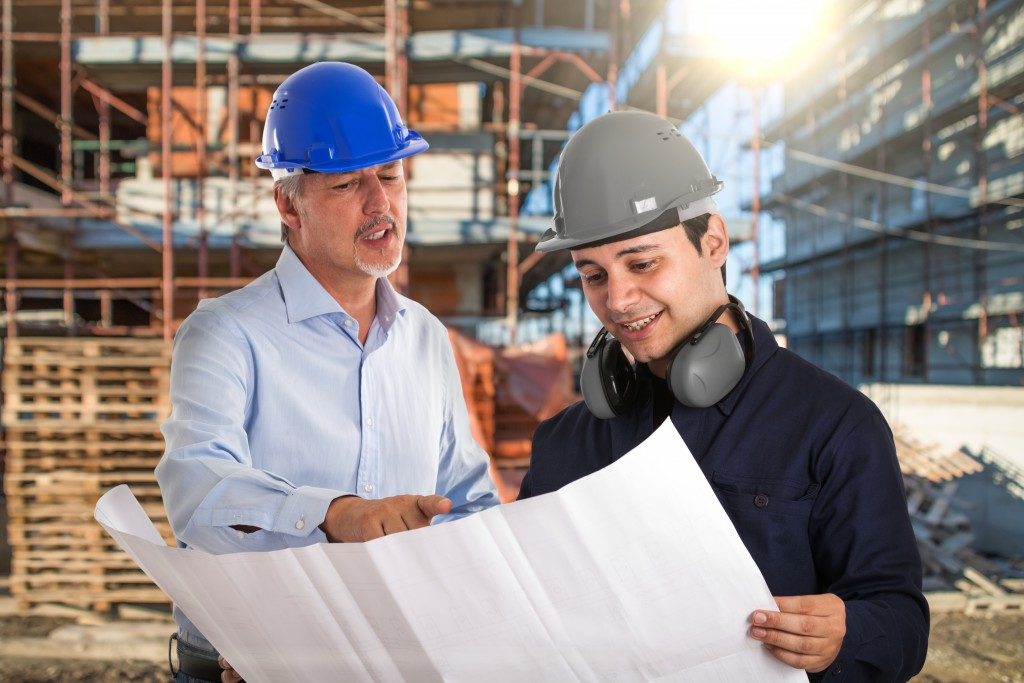
Just a few days ago, an apartment building in Istanbul, Turkey collapsed, resulting in the untimely death of at least 21 people. But this is not the first for Istanbul. Another popular video circulated on the Internet when a retaining wall for a neighbouring construction project failed, and the soil under another building started to run. Moments later, that apartment building also collapsed. It is unclear if there were people who were in the building during that incident.
Luckily, foundation or soil anchor support failure is rare in the United States, primarily because of stringent industry standards put in place for building and construction companies. Without these standards, the dangers of weak foundations to the public is immeasurable.
Even if the standards were followed, there is still danger posed by environmental conditions, such as that faced by drilling rig Ocean Vanguard off the shore of Norway in 2004. Two of its anchors broke during a storm, resulting in the rig floating 126kms from where it should have been.
Understanding Soil Anchors
Also called earth anchor, a soil anchor’s main purpose is to provide temporary or permanent support to structures. Composed of a tendon and an anchorage, it is mostly used in the geotechnical and construction industries. Tendon may be one or several solid steel bars or a bunch of very strong tensile steel strands. Anchors are embedded sometimes hundreds of feet deep into the earth, as they need to be able to withstand thousands of resistance force.
It’s easy to spot a soil anchor with a less complex application. Just look for a concert stage or circus in your locality, and you will definitely see soil anchors in action.
Installation of Soil Anchors
Installation of soil anchors vary; they could be impact driven or screwed into the ground, depending on their design and the projected force-resistance factors. Furthermore, soil research is conducted to determine the soil’s suitability to withstand uplift forces, depending on the height of the structure to be built. Failure to do so would render your structure unstable.
The Right Supplier

For your construction needs, it’s important to find reliable partners who will supply you with the materials and advice when you need it. They will not just sell what you asked for or try to upsell just to make more profits. A responsible supplier needs to understand your project early on, maybe not in detail, but enough to know where you intend to use their merchandise, such as soil anchors.
Doing this clearly indicates their expertise and experience in the business, and that is the partner you need.
Working for the government
Another plus for a supplier is if they’ve had loads of contracts with the government. Getting a foot in government contracting is no mean feat, as there is a myriad of requirements to meet, such as licensing, accreditation, and the like. A company that has worked for either the local or national government on major projects has the ability to address your needs and provide invaluable advice.
Support
This may be a given, but if a supplier has experience, expertise, and has worked on government projects in the past, then their customer service is top-notch. They will be there to answer your questions. They will deliver on the date they specified and will be flexible enough to address the change of orders or delivery schedule.
Suppliers of this calibre are not difficult to find, but they may be far and few in between. The trick is finding the right one that best suits your project.


